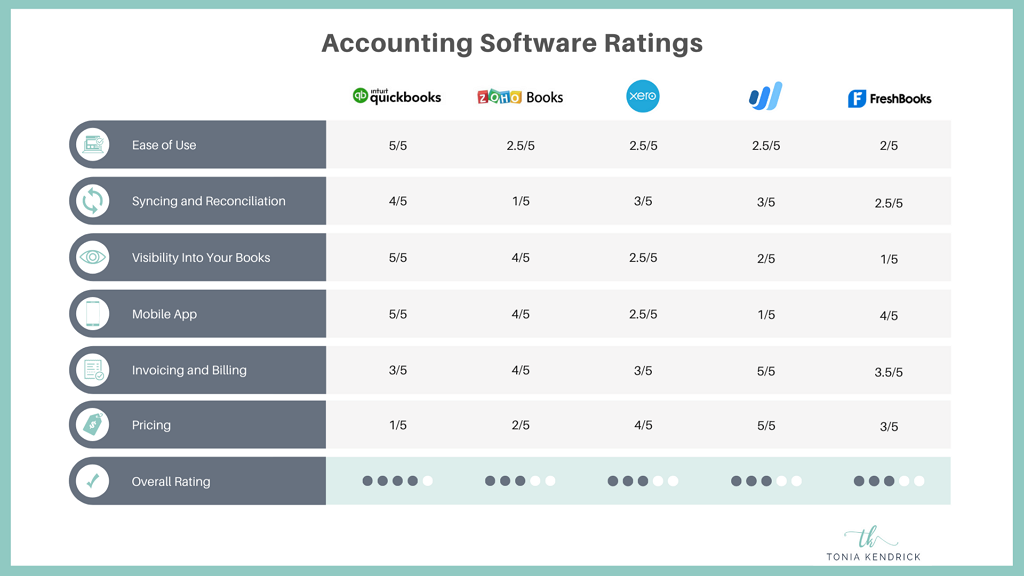Real estate investing can be an effective way to achieve personal finance success and build wealth over time. However, like any other investment, it requires careful planning, research, and risk management. In this ultimate guide to real estate investing for personal finance success, we’ll cover everything you need to know to get started.
1. Understand the Benefits and Risks of Real Estate Investing
Real estate investing offers numerous benefits, such as potential long-term capital appreciation, passive income, tax benefits, and diversification. However, there are also significant risks associated with real estate investing, such as market downturns, vacancies, tenant defaults, high transaction costs, and maintenance expenses. It’s important to understand both the benefits and risks before diving in.
2. Set Investment Goals
Before investing in real estate, you need to set clear investment goals and objectives. Are you looking for long-term capital appreciation, regular cash flow, or a combination of both? What is your investment time horizon? What is your risk tolerance level? By answering these questions, you can create a personalized investment plan that matches your financial goals and needs.
3. Choose the Right Investment Strategy
There are several ways to invest in real estate, such as buying rental properties, flipping properties, investing in real estate investment trusts (REITs), crowdfunding, and more. Each strategy has its advantages and disadvantages, so it’s essential to choose the right one that aligns with your investment goals, risk tolerance, and available capital.
4. Conduct Thorough Market Research
When investing in real estate, it’s crucial to conduct extensive market research to identify the best locations and properties that meet your investment criteria. Some factors to consider when researching the market include economic indicators, population growth, job market, rental demand, property values, and school district ratings.
5. Analyze the Numbers
Real estate investing requires an in-depth analysis of the numbers, including property income, expenses, cash flow, cap rates, and potential ROI. It’s recommended to use real estate investment software or consult with a financial advisor to determine the viability of an investment property.
6. Secure Financing
Unless you have enough cash to purchase a property outright, you’ll need to secure financing. Some options include traditional bank loans, private lenders, peer-to-peer lending, and hard money loans. It’s essential to understand the terms and conditions of each financing option and choose the one that provides the best interest rates, fees, and repayment terms.
7. Manage Your Investment
Once you’ve acquired a property, effective management is crucial for maximizing returns and minimizing risks. This includes setting reasonable rents, maintaining and repairing the property, screening tenants, following lease agreements, and addressing tenant concerns promptly.
8. Monitor and Adjust Your Investment Strategy
Real estate markets and economic conditions are constantly changing, so it’s essential to monitor your investment performance closely and adjust your strategy as needed. Regularly analyzing your rental income, expenses, cash flow, and ROI can help you make informed decisions about your real estate investments.
In conclusion, real estate investing can be a lucrative way to achieve personal finance success, but it requires careful planning, research, and risk management. Following these eight steps can help you build a diversified real estate portfolio and achieve your investment goals.











